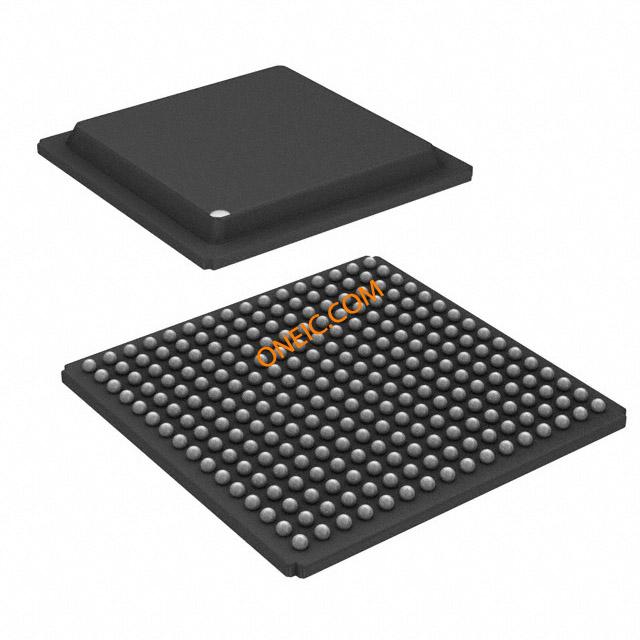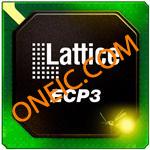LFE3-17EA-7FTN256C
Versatile FPGA with 17.3K LUTs and 133 I/O for flexible circuit design
Manufacturer: lattice
series introduction
# Introduction to the LFE3 - 17EA - 7FTN256C Product Series
## 1. Overview
The LFE3 - 17EA - 7FTN256C belongs to a specialized and high - performance product series, typically falling within the field of programmable logic devices. These devices are designed to offer a flexible and efficient solution for a wide range of applications, from consumer electronics to industrial control systems.
## 2. Key Features
### 2.1 Logic Capacity
- The "17EA" in the product code indicates a certain level of logic capacity. It provides a sufficient number of logic elements, which can be configured to implement complex digital circuits. This allows designers to build custom - made functions such as arithmetic units, state machines, and data processing modules. With this capacity, it can handle medium - to large - scale design requirements, enabling the integration of multiple functions on a single device.
### 2.2 Speed Grade
- The "7" represents the speed grade of the device. A higher speed grade generally means that the device can operate at faster clock frequencies. This is crucial for applications that require high - speed data processing, such as high - speed communication interfaces (e.g., Ethernet, USB 3.0). Faster operation speeds also reduce the latency in data processing, improving the overall performance of the system.
### 2.3 Package Type
- The "FTN256" refers to the package type of the device. The 256 - pin package provides a relatively large number of input/output (I/O) pins. This is beneficial for connecting to external components such as sensors, actuators, memory chips, and other integrated circuits. The fine - pitch ball grid array (BGA) or other similar package technologies used in the FTN256 package offer good electrical performance, including low inductance and capacitance, which helps in reducing signal interference and improving signal integrity.
### 2.4 Configuration
- The device is highly configurable, allowing designers to customize its functionality according to specific application requirements. Using hardware description languages (HDLs) such as VHDL or Verilog, engineers can define the behavior of the logic elements, interconnects, and I/O ports. This programmability makes it suitable for rapid prototyping, as well as for mass - production of products with different feature sets.
## 3. Technical Specifications
### 3.1 Power Consumption
- The LFE3 - 17EA - 7FTN256C is designed with power - efficiency in mind. It typically has a low standby power consumption, which is important for battery - powered devices or applications where energy conservation is a priority. During active operation, the power consumption is optimized based on the actual logic utilization and clock frequency, ensuring that the device operates efficiently without excessive power dissipation.
### 3.2 Operating Temperature Range
- It can operate within a wide temperature range, typically from - 40°C to 85°C. This makes it suitable for use in various environmental conditions, including industrial settings where temperature variations can be significant. The device's ability to withstand extreme temperatures ensures reliable operation over a long period.
### 3.3 I/O Voltage Levels
- The I/O pins support a variety of voltage levels, such as 3.3V, 2.5V, and 1.8V. This flexibility allows for easy interfacing with different types of external components that may operate at different voltage levels. It simplifies the design process and enables seamless integration into existing systems.
## 4. Applications
### 4.1 Consumer Electronics
- In consumer electronics, the LFE3 - 17EA - 7FTN256C can be used in devices such as smart TVs, set - top boxes, and gaming consoles.
Images for reference

256-BGA

Image Preview